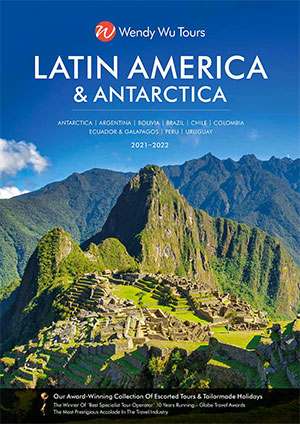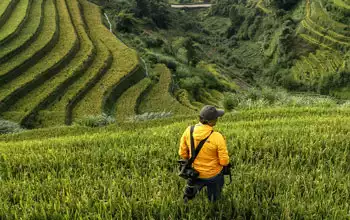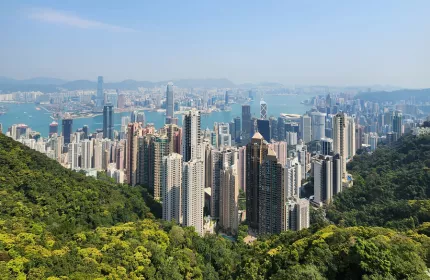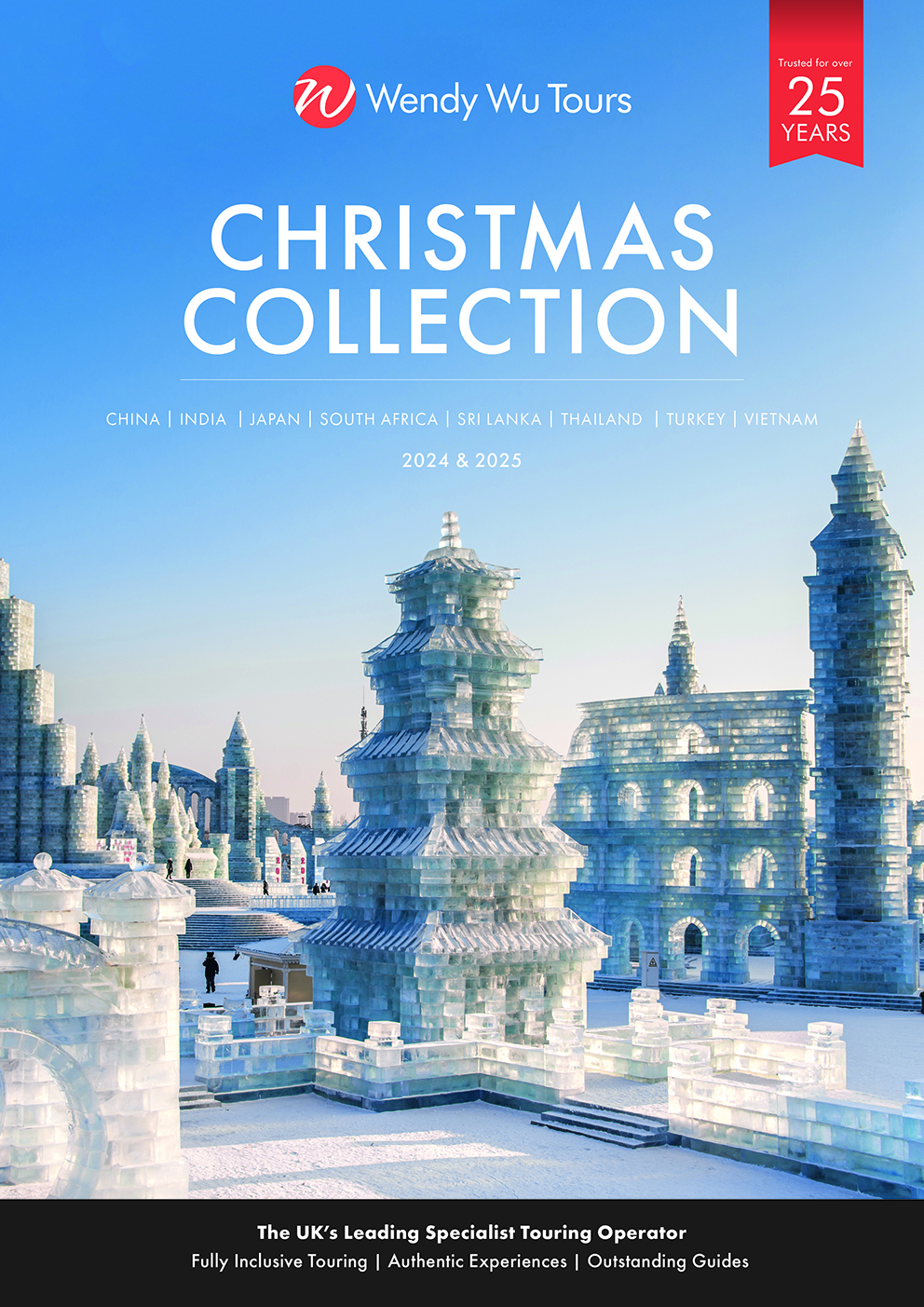From the dizzying altitudes of the rugged Andes and the eerie landscapes of Bolivia’s salt flats to the mysteries of the pre-colonial civilisations, South America sets the stage for an Indiana Jones-style adventure. Covering an impossibly large area, the region’s countries are as similar as they are different. This intriguing mosaic of cultures, identities, landscapes and attitudes can only be truly appreciated on an in-depth tour. But where to start?
The vast diversity of South America can make deciding what to do a little challenging. Here we have rounded up our favourite bucket list sites and cities for first-time visitors, and for those who didn’t quite get around to everything last time.
Uncover Machu Picchu
One of the world’s best-known archaeological sites, the ‘Lost City of the Incas’ remained unknown to the outside world until 1911. Abandoned by the Inca for over 1,000 years, explorer Hiram Bingham stumbled upon its remains hidden under centuries of vegetation growth. The UNESCO World Heritage Site was built in the 15th century and is still the subject of much archaeological enquiry. No one is quite sure of the city’s purpose or why it was abandoned, making a visit all the more intriguing.
Arrive by luxury train to the small Peruvian town of Aguas Calientes and begin your ascent into the ancient city. Meaning ‘old mountain’ in Quechua, Machu Picchu is perched on an incredibly beautiful mountaintop location. Explore the mysterious citadel and marvel at the incredible Incan architecture. Make your way to the top of Huayna Picchu for a spectacular view of Machu Picchu’s famous agricultural terraces.
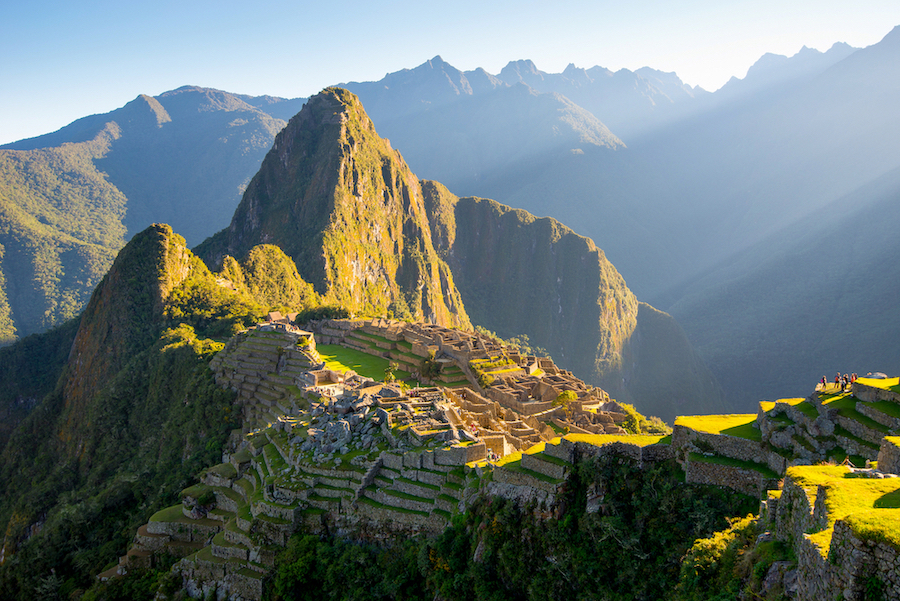
Sunrise on Machu Picchu
Sail Lake Titicaca
A striking geological marvel, Peru’s picturesque Lake Titicaca is the world’s highest lake. Steeped in local myth and legend, it’s said that the founding god of the Inca people, Wiracoha, rose from Lake Titicaca before creating the city of Cusco. The Uros people have lived on the lake for centuries on their reed-built islands. There are still more than 100 authentic reed islands on the lake where you can meet the water-bound communities and learn about their way of life.
It’s also possible to cross the lake by catamaran to Bolivia’s Sun Island and where you can learn about the indigenous culture of the area and explore the ruins of Inca temples. The oldest sanctuary in South America is also located on the shores of Lake Titicaca, just on the Peru-Bolivia border. The sanctuary was founded in 1550 by Dominican monks and is one of the most important religious centres in Bolivia.
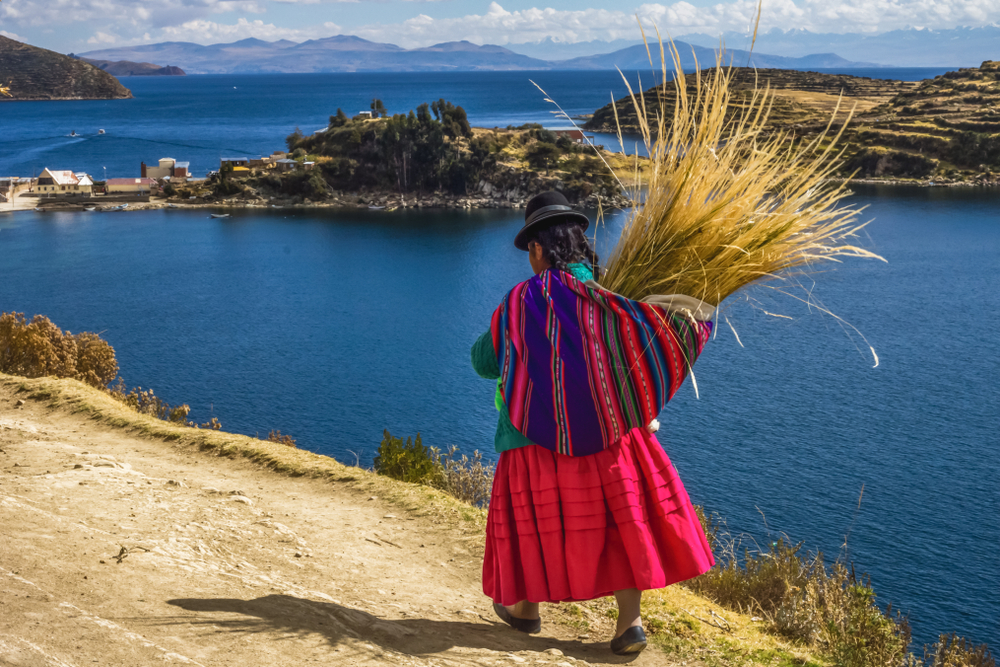
Woman in traditional dress on Lake Titicaca’s Sun Island
Las Pampas
Stretching south and west from Buenos Aires, this region of fertile soil is the country’s economic powerhouse. The grasslands here have historically played an important part in Argentina’s prosperity and still produce most of the country’s famous beef.
Although the history and cultural significance of Las Pampas is undoubtedly fascinating, the main draw here is the infamous gauchos. These resilient and nomadic farmhands are thought to be descendants of European gypsies. Although the traditional nomadic lifestyle of the gaucho is mostly a thing of the past, the horsemanship that gauchos became famous for lives on. Visit a traditional ranch and learn about modern gaucho life over a delicious beef barbeque.
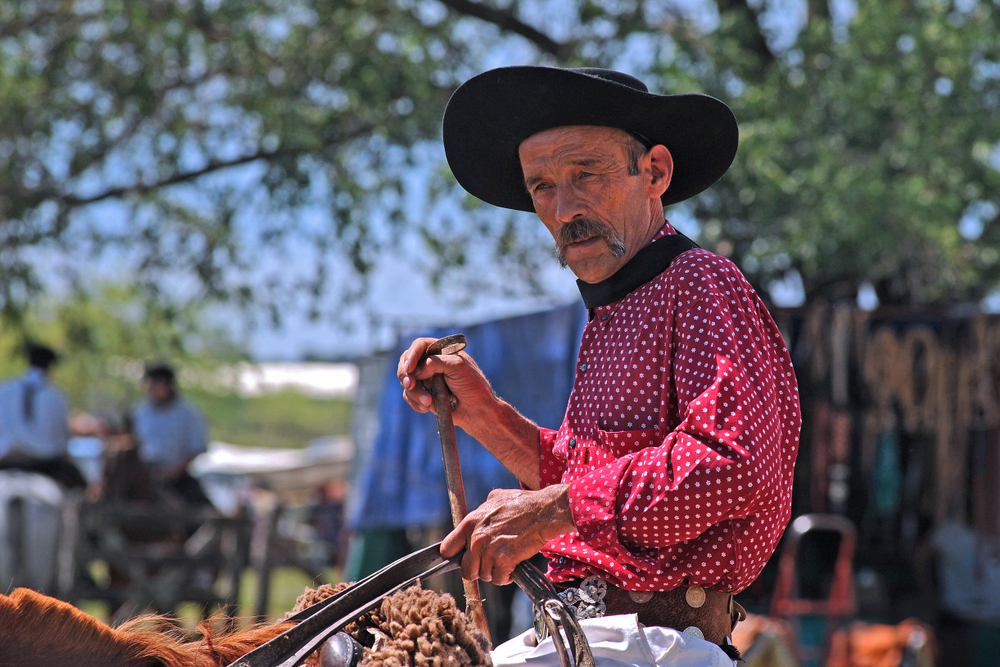
Las Pampas goucho in traditional dress
Mendoza and the Maipu Valley
No tour of South America is complete without a visit to wine county – and few do it better than Argentina. Lively Mendoza is at the heart of Argentina’s wine production and is everything you would expect from a city synonymous with world-renowned wineries: vibrant and laid back with fantastic nightlife.
Over 70% of Argentina’s wine comes from the Mendoza province thanks to its favourable climate and the snowmelt from the Andes. The region is particularly famous for its Malbecs, but you’ll also find Tempranillo, Cabernet Sauvignon and Chardonnay here. One of the oldest wine-producing parts of Mendoza is the Maipu Valley, a traditional wine region with a long history. Some of Argentina’s most renowned vineyards are in the Maipu including Familia di Tommaso, Tempus and Trapiche.
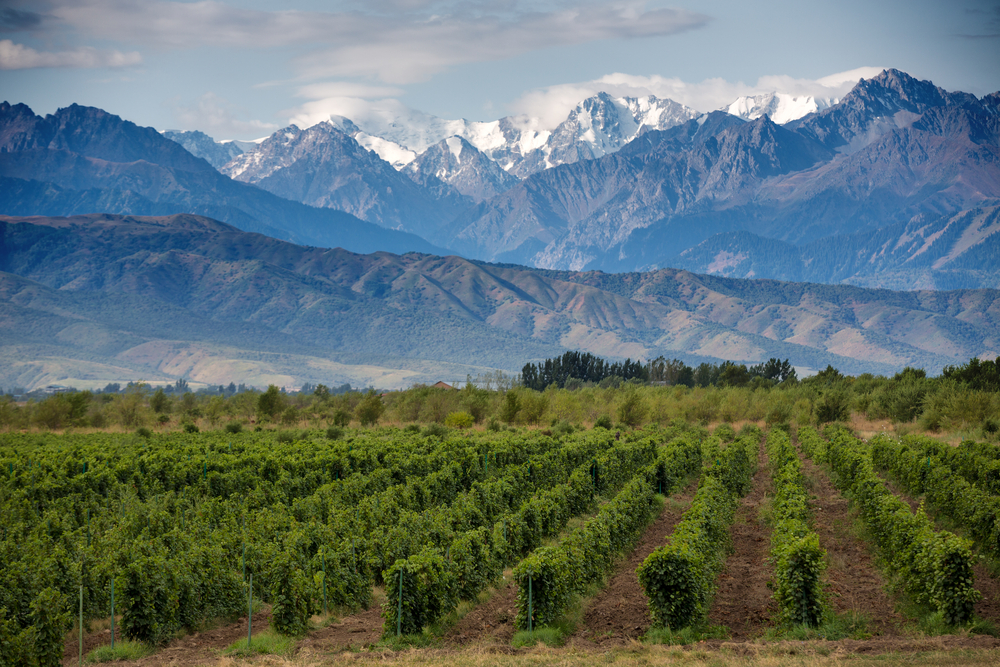
Mendoza Valley vineyard
Iguazu Falls
Straddling the border between Argentina and Brazil, South America’s iconic Iguazu Falls never fail to astonish even the most travelled visitor. The three-kilometre chain of thundering falls cascade off a horseshoe-shaped chasm, demonstrating a level of power and noise that isn’t easily forgotten. Remarkably well hidden in the midst of the surrounding lush subtropical rainforest, the only hint of the falls on approach is the ethereal mist that sits on the treetops.
The surrounding national park is home to vast numbers of unique flora and fauna, with many walkways meandering around the fall viewpoints and through the forest. The region is also home to many indigenous tribes, including the Guarani, who tell of the wrathful Serpent God, M’Boi, who split the earth in pursuit of two runaway lovers, creating the mighty falls.
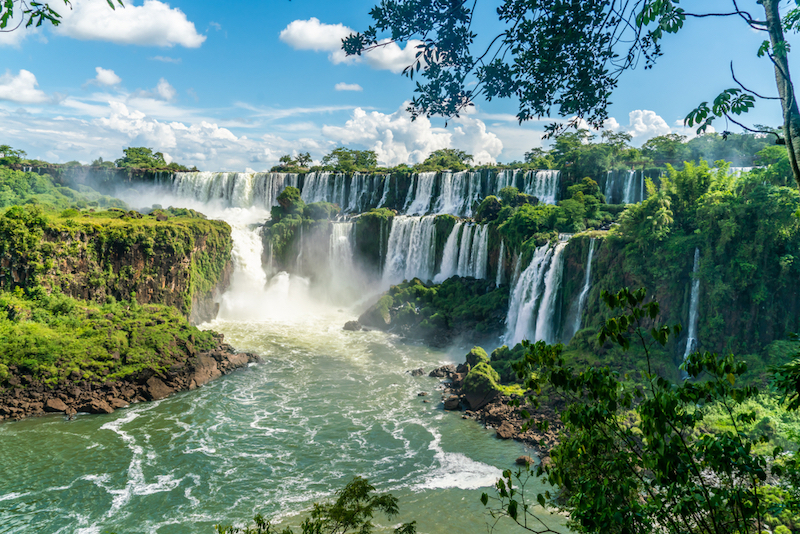
View of Iguazu Falls from the Argentinian National Park
Rio de Janeiro
The Rio locals (Cariocas) say that God built the world in seven days, and on the eighth he made Rio. With its golden beaches, stunning mountain backdrop and world-famous nightlife, you can see where they got the idea.
Also known as Cidade Maravilhosa (Marvellous City), the Cariocas are definitely keen to entice those yet to experience this alluring city. And Rio has been captivating visitors for decades, from Copacabana’s status as a Hollywood starlet getaway in the 1940s to the timeless beat of the samba that continues to permeate the city.
And then there’s Carnival. The ultimate manifestation of this celebratory spirit. Taking place in February, and ending on Ash Wednesday, a trip timed to coincide with this most flamboyant of festivals will be something special indeed.
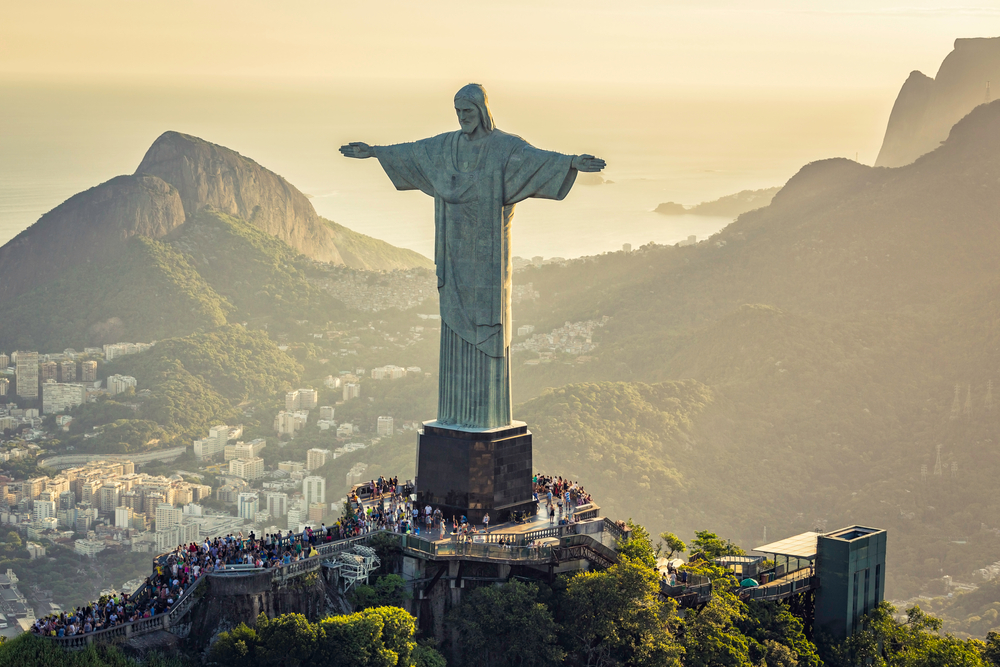
Christ the Redeemer looks over Rio de Janeiro
Salar de Uyuni
A spectacular and haunting sight, this evocative expanse of nothingness will take your breath away. Originally part of the prehistoric Lake Minchin, which covered most of southwest Bolivia, the flats are left over from salt water that evaporated long ago. The seemingly endless thick crust of salt is punctuated by polygonal patterns of salt rising from the ground, creating a landscape that’s reminiscent of a fantastical dream world.
Exploring Salar de Uyuni, you’re likely to come across rusting 19th-century trains, giant cacti that can grow up to 10 metres tall, glimmering salt lakes and boiling mud pools. You might even stumble upon some 3,000-year-old freeze-dried mummies – the Coquesa mummies are located in a cave at the base of the Tunupa Volcano, impeccably preserved thanks to the arid, salty air. For a truly immersive experience, spend the night at a salt hotel – where everything from the beds to the walls and floors are constructed from salt blocks.
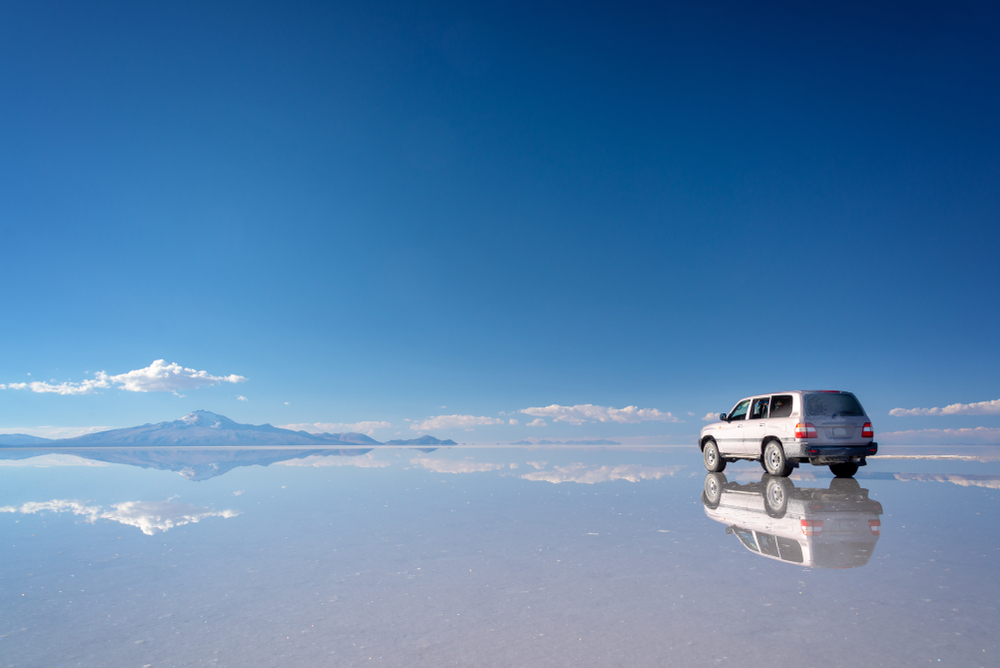
Salar de Uyuni’s glimmering surface
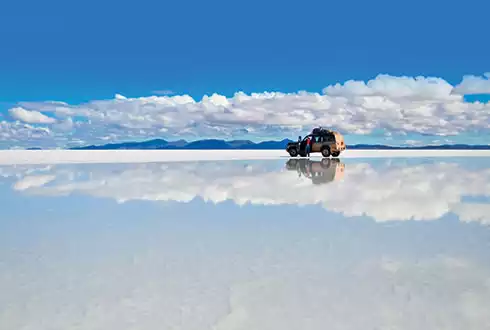
Ultimate South America
29 days from £12990pp
Fully Inclusive of Tour & Flights
UK - Lima (2N) - Sacred Valley (1N) - Aguas Calientes (1N) - Cusco (2N) - Puno (1N) - Huatajata (1N) - La Paz (1N) - Uyuni (2N) - San Pedro deo Atacama (3N) - Santiago (2N) - Mendoza (3N) - Buenos Aires (3N) - Iguazu (2N) - Rio de Janeiro (2N) - UK
